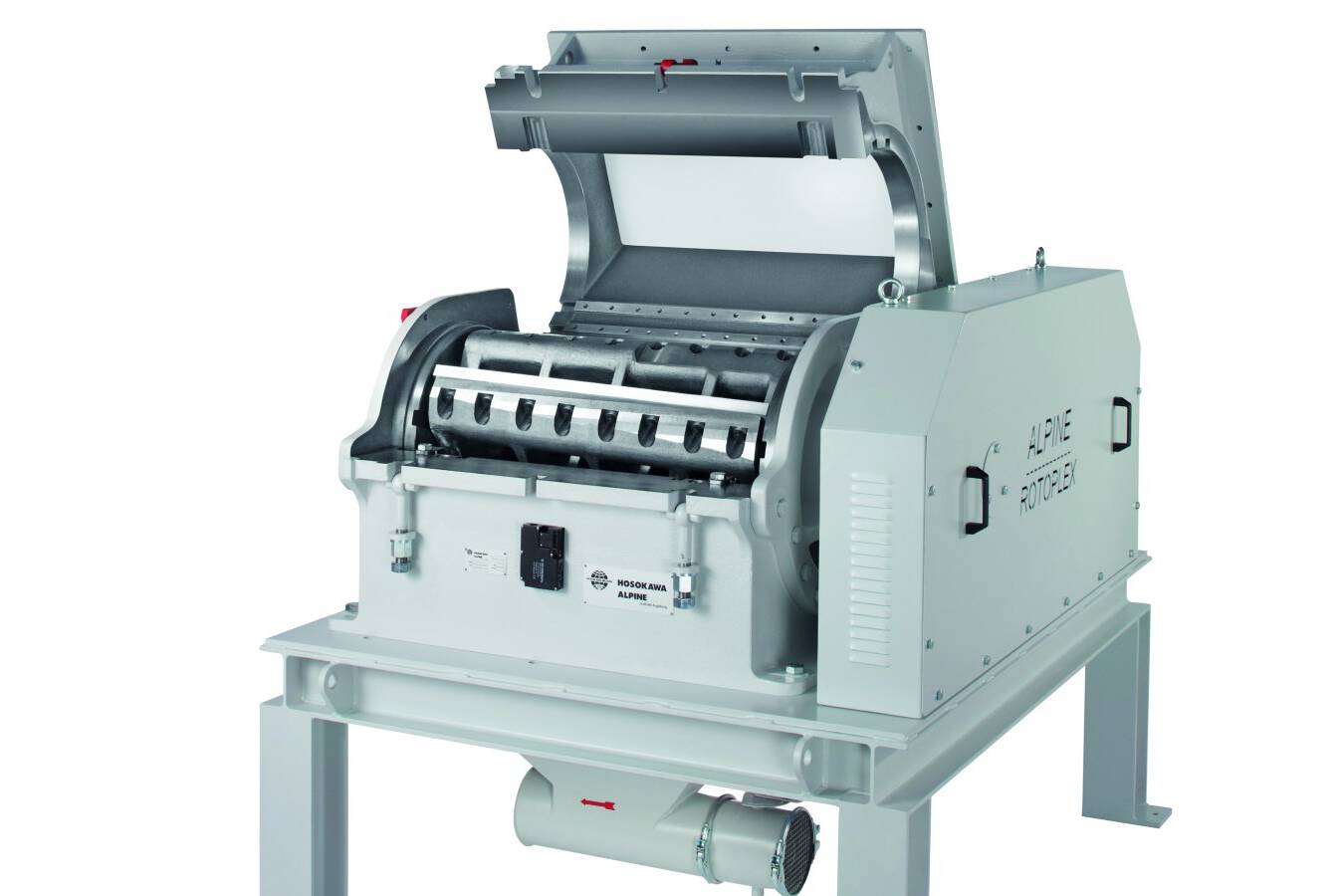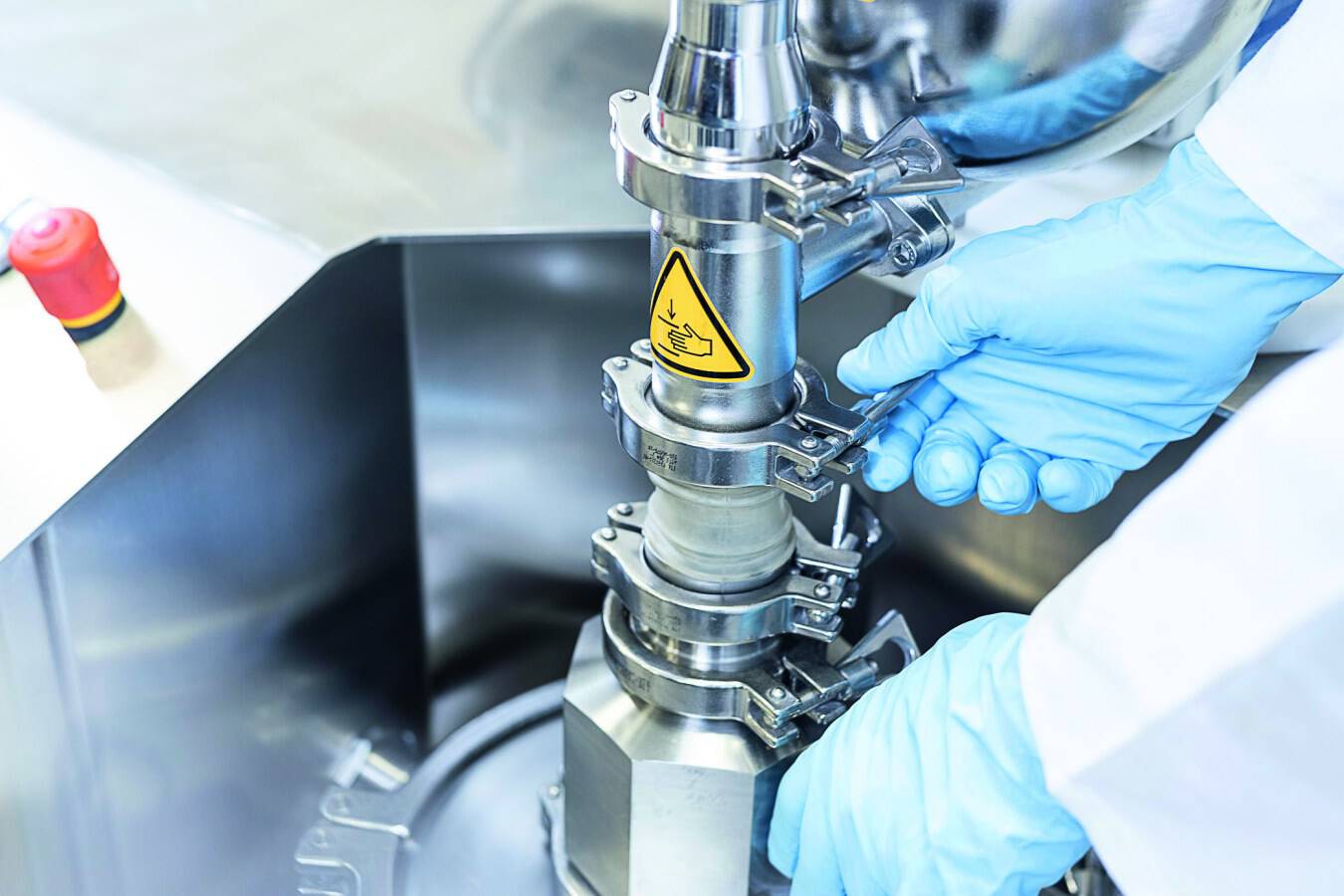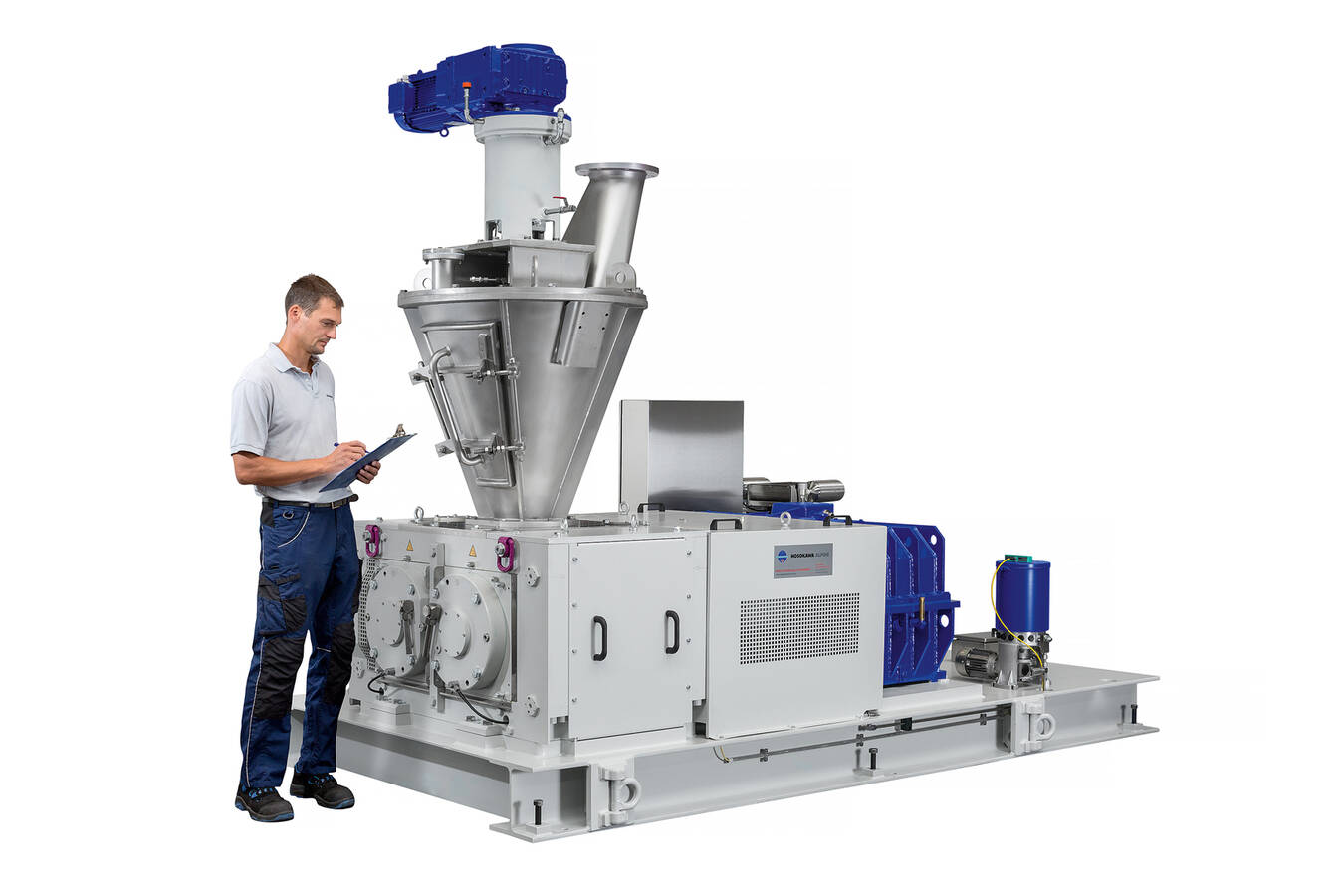Future Foods for the growing demand for proteins
Efficient processes from the Hosokawa Micron Group for the production of alternative proteins
Proteins are a vital macronutrient. Since the human body does not have a protein store, our body cells must be regularly supplied with proteins. Global population growth is increasing the demand for it worldwide. ”In the long term, demand will no longer be able to be met with animal products alone. Moreover, alternative proteins are urgently needed due to climate protection,” concludes Alexander Langer, Deputy Head of Sales at Hosokawa Alpine, summarising the state of the current discussion. Alternative sources of proteins are plants, insects or residual streams in the food industry. Hosokawa Alpine and the entire Hosokawa Micron Group have developed the appropriate technologies for this.
Protein-rich special flours through dry fractionation
As an alternative to animal protein, vegetable protein plays a central role. New possibilities for obtaining plant proteins are opening up from sources such as wheat, rye, oats, barley, soya, peas, lentils or other cereals and pulses. ”Ultra-fine grinding and the subsequent sifting process produce special flours with a significantly higher protein content than the starting material,” Langer emphasises. These special flours rich in protein and starch are then used as the basis for vegan burger patties, lupin cutlets and many other plant-based foods. Hosokawa Alpine offers two processes for the production of the special flours rich in protein and starch: the precision procedure and the standard procedure.
”Our speciality is the precision process, where the smaller protein particles and the larger starch particles are deagglomerated and then the finer protein particles and the coarser starch particles are fractionated,” explains Langer. The dry fractionation of proteins consists of efficient fine grinding with the classifier mill Zirkoplex ZPS and high-performance classifying of the finely ground product with the classifier Turboplex ATP. This is how two products are ultimately created: a fine protein concentrate and a coarse starch concentrate. Hosokawa Alpine’s standard dry fractionation process includes efficient fine grinding with the Contraplex CW II pin mill and high performance classifying of the finely ground product with the ATP air classifier. ”For some products with a high content of fibre and/or oil, the Contraplex CW II mill is recommended to efficiently deagglomerate these ingredients,” says Langer. In addition to extracting proteins from cereals or pulses, other valuable protein sources such as sunflower extraction meal, pseudocereals, guar gum, locust bean gum split and food by-products from brewing and oil extraction processes can also be processed. This not only enables the extraction of valuable proteins, but also the fractionation of other valuable ingredients such as dietary fibre.
Drying system for insect protein production
But there are also other suitable alternative sources of protein other than cereals and pulses. Insects such as black soldier fly larvae, mealworms and fruit flies are also interesting alternatives for high-quality animal protein. ”Larvae are very efficient due to their high feed conversion and require very little feed to produce large quantities of nutritious animal proteins and oil extracts,” says Daan Goris, Team Leader Food & Feed at Hosokawa Micron B.V. As larvae are heat sensitive and processing in moist feed is problematic, the Drymeister Flash Drying System DMR from Hosokawa Micron B.V. is the ideal solution. The system combines drying, milling and classifying in a single system and enables the enormous growth potential of the insect protein market in the food and feed industry to be fully exploited. By individually adjusting the particle size and shear force, the desired properties of the insect protein powder can be achieved.
Sustainable recycling of residual streams
”The valorisation of residual streams is another hot topic in the food industry, where drying processes play an important role in terms of raw materials and energy consumption,” analyses Goris. Mostly, residual streams are liquids, pastes or wet powders that contain proteins or have other positive, functional properties. ”Just think of the residues from processing meat or fish, vegetables or fruit peels and the side streams from bakeries, breweries and biorefineries,” says Goris, citing a few examples. According to Goris, a typical system for recycling residual streams includes the following components: a mill to grind the residues, a cooker to generate heat to combat microbial problems, a screw press to squeeze out the liquid, a decanter to separate the liquids, an evaporator to increase the dry matter content and the DMR Flash grinder/dryer to dry the wet press cake to obtain the high quality, nutritious powder. Whether or not the recovery of raw materials is possible and profitable can usually be estimated based on Hosokawa Micron’s experience. ”Many natural waste streams typically contain 15 to 40 per cent solids. Our database is an excellent source of information for analysis,” Goris concludes. In addition, both Hosokawa Alpine in Augsburg and Hosokawa Micron B.V. in the Netherlands have test centres where customers can test their own products to find the optimum solutions for their processes.



